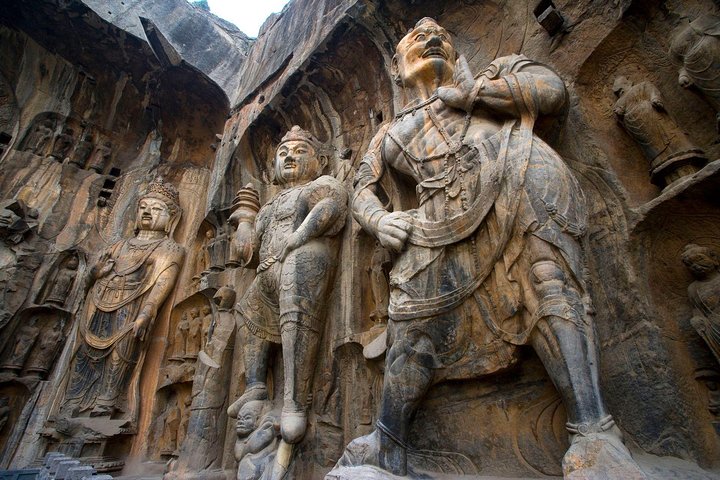High-Speed Journey to Luoyang: Exploring Ancient Capitals and Timeless Ruins
Embark on a high-speed train journey to Luoyang, one of China’s ancient capitals, and explore the Longmen Grottoes and White Horse Temple. Discover the rich history and cultural heritage that make this city a timeless treasure.
A Journey Through Time: The High-Speed Train to Luoyang
As the high-speed train whisked me away from the bustling city of Xi’an, I found myself reflecting on the rich tapestry of history that awaited me in Luoyang. Known as one of China’s ancient capitals, Luoyang has been a silent witness to the rise and fall of 13 dynasties, each leaving its indelible mark on the city’s landscape. The anticipation of exploring this historical treasure trove was palpable, and I was eager to immerse myself in the stories etched into its ancient stones.
The journey itself was a marvel of modern engineering, a stark contrast to the ancient wonders I was about to explore. The train glided smoothly over the tracks, offering glimpses of the changing scenery outside. As we approached Luoyang, the landscape seemed to whisper secrets of the past, inviting me to delve deeper into its mysteries.
The Majestic Longmen Grottoes
Upon arrival, my first stop was the Longmen Grottoes, a UNESCO World Heritage site that stands as a testament to the artistic and cultural sophistication of ancient China. As I walked through the site, I was awestruck by the sheer scale and intricacy of the carvings. Tens of thousands of statues of Buddha and his disciples adorned the grottoes, each one a masterpiece of devotion and craftsmanship.
The air was thick with reverence as I wandered through the caves, each one telling a story of faith and artistry. The statues ranged from tiny, delicate figures to towering monoliths, each one a reflection of the spiritual fervor that inspired their creation. It was a humbling experience, standing in the presence of such timeless beauty, and I couldn’t help but feel a deep connection to the artisans who had poured their hearts into these works of art.
The Cradle of Chinese Buddhism: White Horse Temple
Next on my itinerary was the White Horse Temple, the first Buddhist temple in China. Established in 68 AD, this sacred site is often referred to as the cradle of Chinese Buddhism. As I entered the temple grounds, I was greeted by the serene beauty of its manicured gardens and the gentle sound of wind chimes swaying in the breeze.
The temple’s architecture was a harmonious blend of ancient and modern influences, with numerous halls and courtyards inviting quiet contemplation. I spent hours exploring the temple, pausing to admire the statues of Sakyamuni Buddha, Maitreya, and other revered figures. The stone statues of the two white horses at the entrance served as a poignant reminder of the temple’s storied past, symbolizing the journey of Indian monks who brought Buddhism to China.
As I left the temple, I felt a profound sense of peace and gratitude for the opportunity to walk in the footsteps of history. Luoyang had offered me a glimpse into the soul of ancient China, a journey that had enriched my understanding of the region’s cultural heritage. This high-speed train excursion was more than just a trip; it was a pilgrimage to the heart of a civilization that continues to inspire and captivate the world.












































